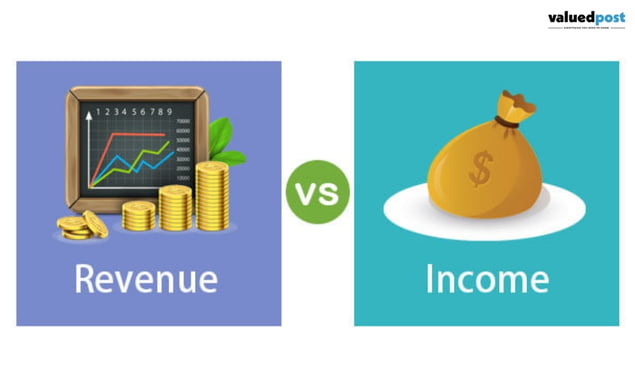Operating Income (Income from operations) is an accounting term that refers to the amount of profit generated by a company’s operations after subtracting operating costs like wages, depreciation, cost of goods sold (COGS), and depreciation. After reading this article, you will have the answer to ‘what is operating income?’
What is operating Income?
Its also known as Income from operations, is calculated by deducting all operating expenses from a company’s gross Income, which is equal to total revenue minus COGS. The Operating expenses are costs incurred from normal business operations, including office supplies and utilities.
Also, it’s a metric that indicates the amount of a company’s revenue that will ultimately be transformable into profits. It is similar to earnings before interest & taxes for a company; it is also in terminology as operating profit and recurring profit.
What is the operating income formula?
Calculate OI by using this formula:
Operating income = Net Earnings + Interest Expense + Taxes
Also, this is how you find Income from operations.
Revenue Vs. Operating Income

Income and revenue are crucial parameters that show how much money a company makes. However, the two figures are different methods of expressing a company’s earnings and are calculated using various deductions and credits. Nonetheless, revenue and income are both important in assessing whether a company is performing well.
- Revenue refers to the total amount of Income that a business generates from the sale of its products or services before any costs are in the deduction.
- Operating Income is the sum of a company’s profit after deducting its regular, recurring expenses and costs.
The difference between these two statistics can be an important indicator of a company’s financial stability.
*Below topics mentioned are essential to understand in order to enhance proficiency in the concept of
Adjusted Operating Income
Profit is an analysis of a company’s operations after subtracting operating expenses like the cost of goods sold (COGS) or wages and depreciation, where operating expenses exempt R&D, other operating expenses, & unusual expenses.
Net Operating Expenses
Businesses calculate net operating expenses to forecast total costs over a specific time period, typically a year. The total of all costs in link with running a business, corporation, or commercial enterprise is in recognition as net operating expenses.
Operating Income Calculation

Its calculated by deducting operating expenses from gross Income. The analysis is useful because it excludes one-time items such as taxes, which can skew a company’s profit in a given year.
Gross Income
Gross Income is a measure of a firm’s profitability that excludes interest as well as income tax expenses and includes the cost of goods sold. It is calculated by subtracting the generation of revenue from the cost of goods sold and operating expenses. Wages and salaries, rent, and utilities are examples of operating expenses.
Operating Income Statement
The income statement includes an operating income statement. To calculate gross profit, subtract the cost of goods sold (COGS) from the revenue at the top of the statement. Following that are the operating expenses deducted from the gross profit. The amount left over after deducting all operating expenses is the operating Income.
FAQ
Not quite. Operating Income is what remains after a company deducts its cost of goods sold (COGS) as well as other operating expenses from its sales revenues. It does not account for taxes, financing charges or interest, or depreciation & amortization.
While a high operating income is frequently indicative of profitability, there may be instances where a company generates revenue from processes, but it must spend more on interest and taxes. This could be due to a one-time charge, poor business decisions, or an increase in the interest rate environment that affects outstanding debts. Alternatively, a business may earn a lot of money.
Non-operating Income, as a ‘total 180’ to operating Income, is the fraction of an organization’s Income from activities other than its core business operations. It can include items like dividend income, interest, investment gains or losses, and foreign exchange & asset write-downs.
It is in measure on the income statement as its own line item near the bottom of the statement. It should appear alongside non-operating Income to assist investors in distinguishing between the two and determining which Income came from which sources.
Do you want explore more
